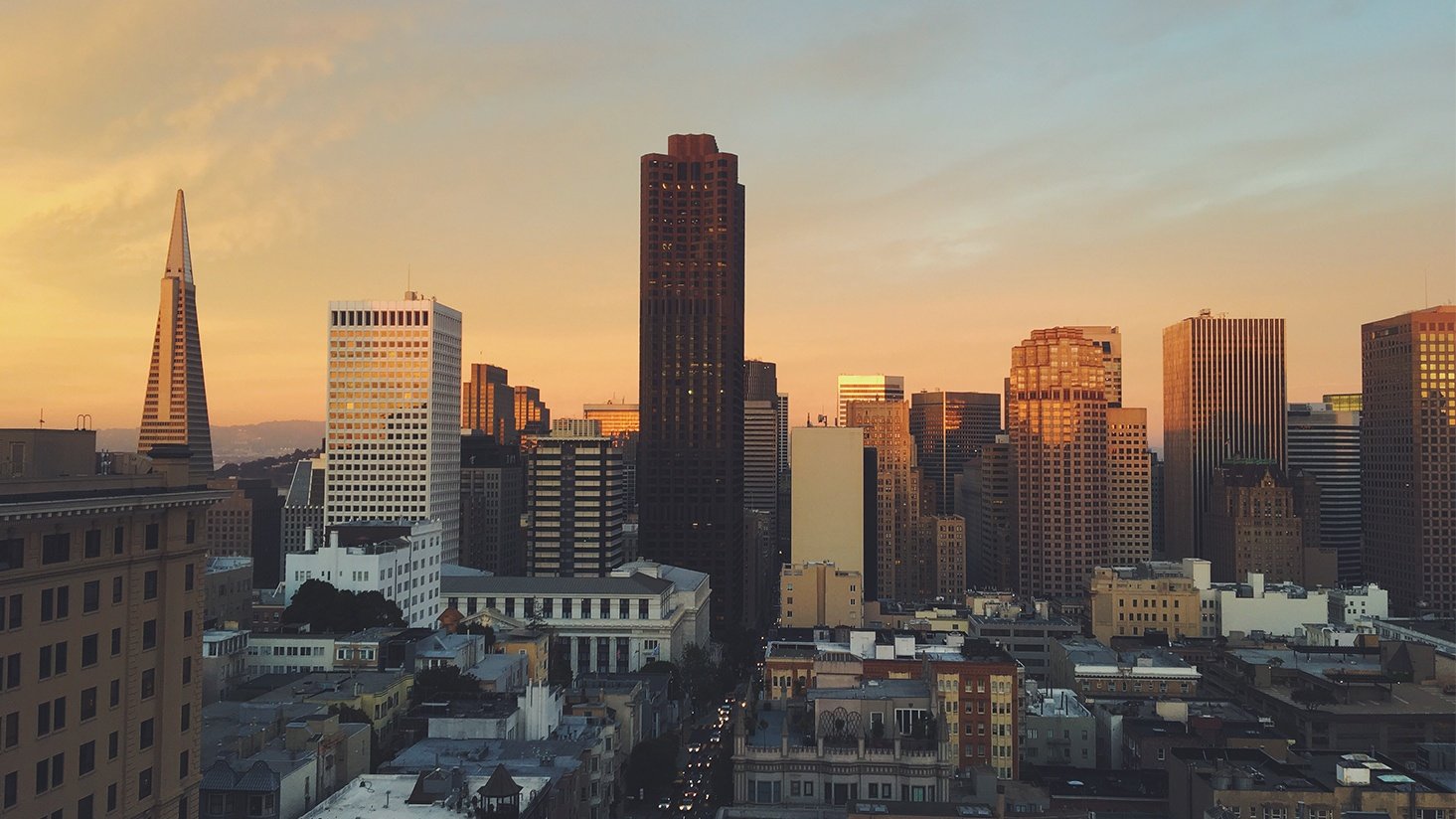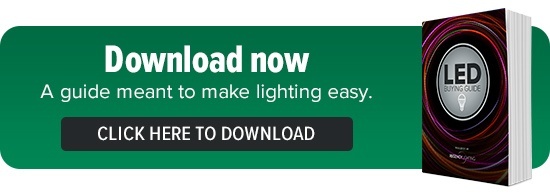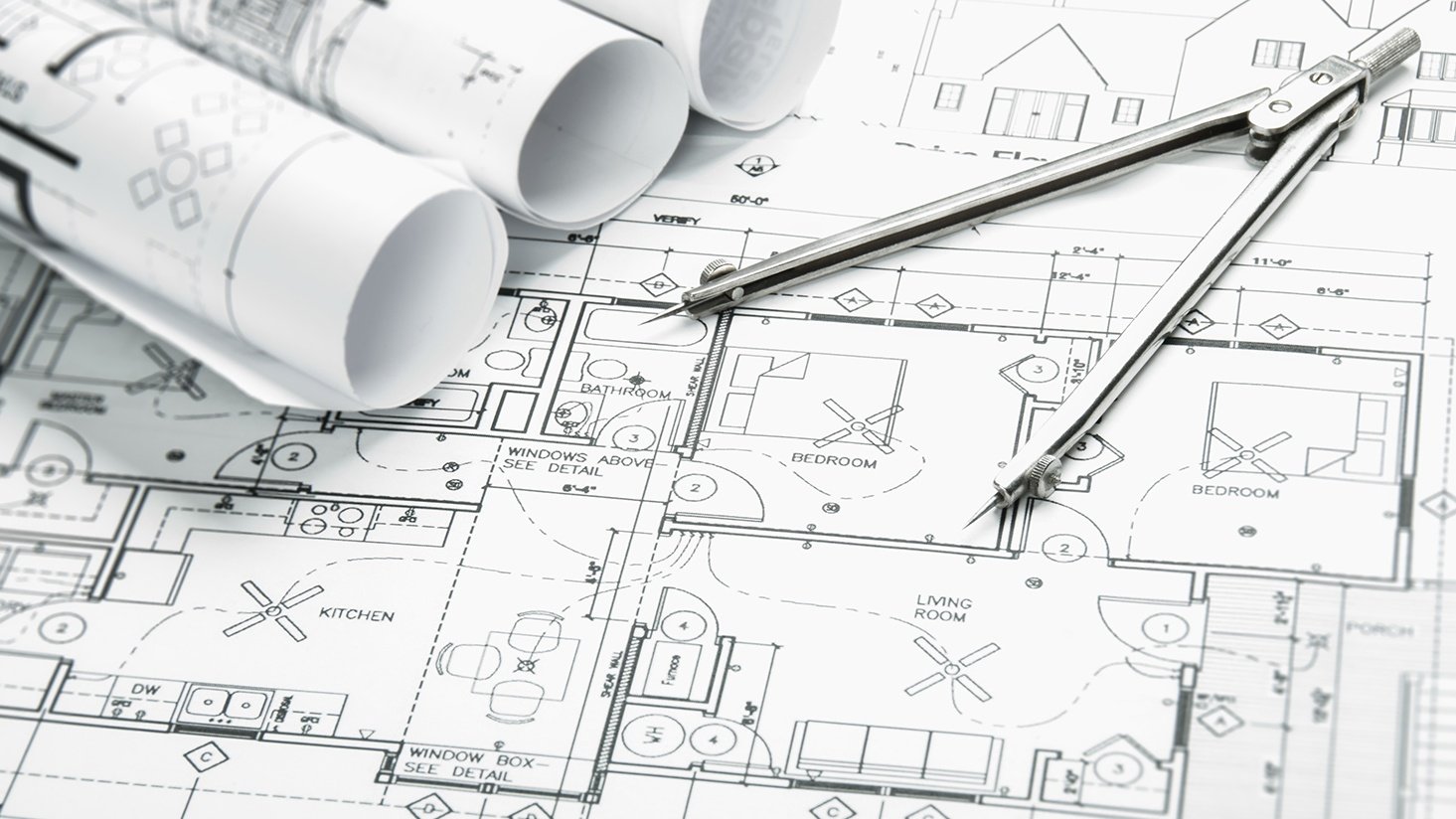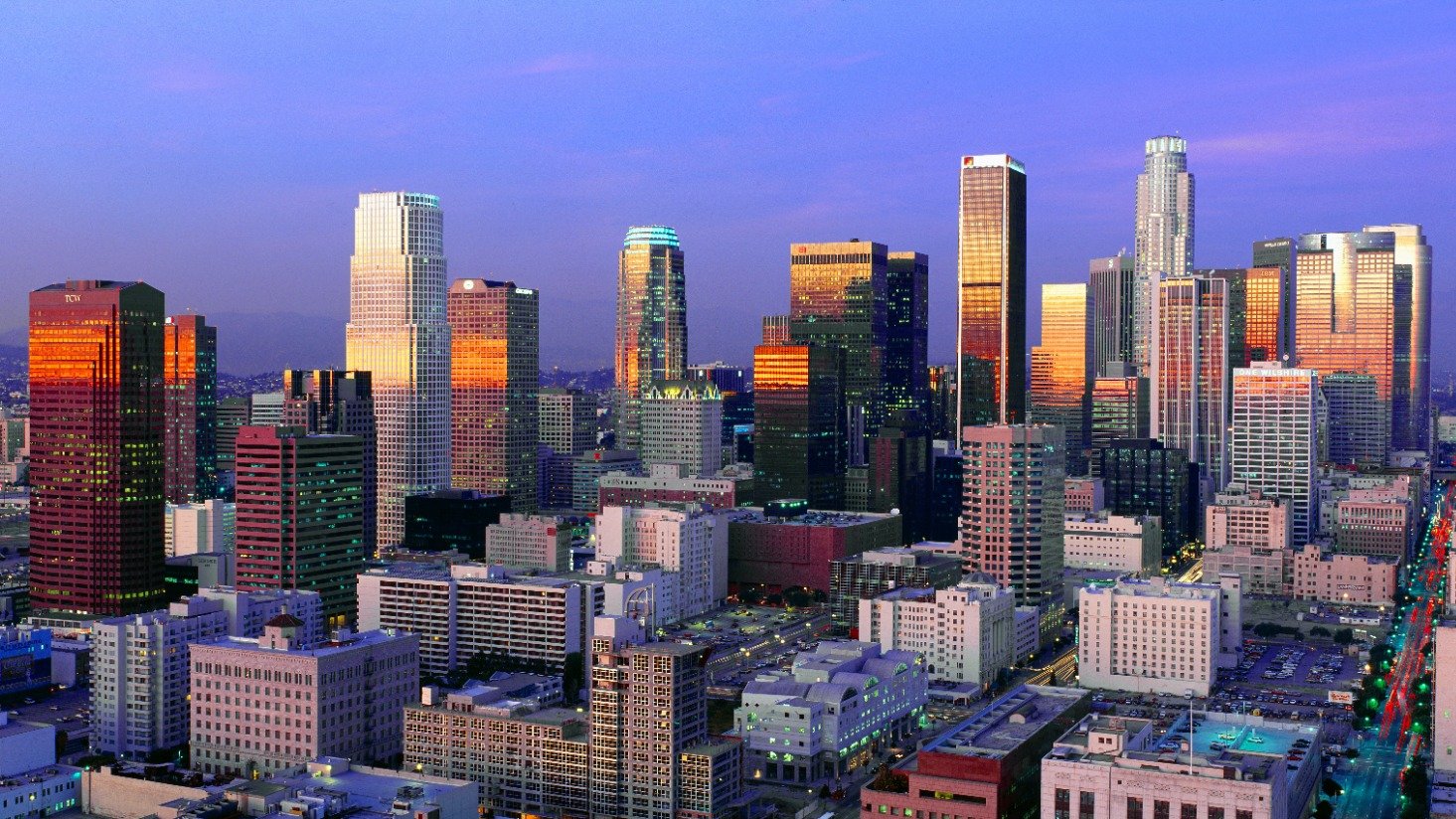Explaining the 2016 Title 24 standards that went into effect in 2017

In January 2017, the most recent update of Title 24 went into effect. Since these standards were drafted in 2016, they are referred to as the 2016 standards, which can be confusing, since they actually go into effect in 2017.
The changes may end up being pretty important to a lot of our California customers, especially those eyeing retrofit projects on the horizon.
The new requirement for lighting projects: as long as you reduce energy consumption by 50 percent in a given space, Title 24 is not triggered and no extra control solutions need to be added.
So, for example, if you were thinking about a project involving direct-wire LED T8s, the only requirement would be to save 50 percent on energy to avoid a potentially tricky controls solution.
Here's a look at the main high-level changes:
What else is new in the most recent (2016) version of Title 24?
Lighting power density (LPD) values reduced
A lot of the recent changes to Title 24 have allowed for easier compliance. This change does not do that. The amount of wattage you can use with lighting (LPD) in some applications, both inside and outside, have been reduced.
The new allotments can be found in the table below:
| Title 24 LPD allowances – 2013 vs. 2016 standards | ||
| Space | 2013 LPD allowance (W/ sqft.) |
2016 LPD allowance (W/ sqft.) |
| Auditorium area | 1.5 | 1.4 |
| Convention, conference, multipurpose, meeting center areas | 1.4 | 1.2 |
| Dining area | 1.1 | 1.0 |
| Electrical, mechanical, telephone rooms | 0.7 | 0.55 |
| Exhibit, museum areas | 2.0 | 1.8 |
| Financial transaction areas | 1.2 | 1.0 |
| Hotel function area | 1.5 | 1.4 |
| Kitchen, food prep areas | 1.6 | 1.2 |
| Laundry area | 0.9 | 0.7 |
| Library area – reading areas | 1.2 | 1.1 |
| Lobby area – main entry area | 1.5 | 0.95 |
| Lobby area – hotel | 1.1 | 0.95 |
| Locker/ dressing room | 0.8 | 0.7 |
| Lounge area | 1.1 | 0.9 |
| Malls and atrium areas | 1.2 | 0.95 |
| Waiting area | 1.1 | 0.8 |
| All other areas | 0.6 | 0.5 |
2016 Title 24 lighting power density (LPD) allowance calculator
Looking for the fine print? This is it: this tool is just meant to provide a guideline for the lighting power density allowances in your building. But please be sure to get a building inspector before you do your work, because this tool will not, and cannot, perfectly accommodate the intricacies of your space. We are here to help, though!
As an example of this, if you have a ballroom that is, say, 5,000 square feet, you would know that you now have 6,000 watts to work with when you go to light the room.
New power adjustment factors (PAF)
The new version of the code contains two new power adjustment factors while three others were nullified.
Here is a brief overview of the two new PAFs:
1. You can now get a 10 percent lighting power allowance credit if you apply institutional tuning to your lighting, limiting maximum output from the system to 85 percent of full output. Institutional tuning is also known as "task tuning" or "high-end trim" and "involves reducing lighting in a space based on IES-recommended maintained task light level requirements or user preference for individual spaces rather than the originally designed maintained light levels, which may be higher than needed," as explained in a Lighting Controls Association article.
In other words, if you voluntarily limit the light output in your space, you could get a 10 percent credit toward meeting the new Title 24 PAFs.
2. You can now get a 10 percent lighting power allowance credit when a daylight harvesting control system is used to fully shut off lighting when sufficient daylight is available.
Multilevel controls
Under the new version of Title 24, multilevel lighting controls were simplified and certain occupancy control systems can act as a substitute for multilevel controls. Public restrooms and areas previously required to use full or partial-off occupancy sensors are now exempt from the old requirements.
The once-explicit requirement to combine manual dimming, tuning, lumen maintenance, automatic daylighting, and/ or demand response was made less stringent, as there are alternate solutions to meeting energy code with your lighting.
Retrofits or alterations
As mentioned above, the best news under the newest version of Title 24: there are a lot more exemptions for retrofit projects than there previously were. You can do more work in larger areas of square footage without pulling a permit than you were allowed to under the previous version of the code.
Essentially, if you're doing one-for-one fixture swaps and not altering the wiring in your building, you probably won't have to pull a permit, and therefore you probably won't trigger Title 24.
Curious where to start? Our Lighting Pyramid may help. Trying to free up funding for a lighting upgrade project? Here are 5 ways you can go about selling a lighting retrofit to your boss.
For more on the changes to the code, see the California Lighting Technology Center's downloadable PDF on the topic, which we sourced for help in writing this post.











